
My 4 Steps to healing: Practice
Engaging in self-discovery tools is a profound commitment to your personal growth. My support lies in guiding you to establish a daily practice that serves as a cornerstone for physical fitness, mental balance, spiritual connection, and emotional strength. Through my guidance, you'll learn wellness routines, spiritual practices, and movement therapies, gaining the understanding of seamlessly incorporating them into your daily life. Together, we pave the way for a holistic approach to well-being that fosters sustained growth and fulfillment.
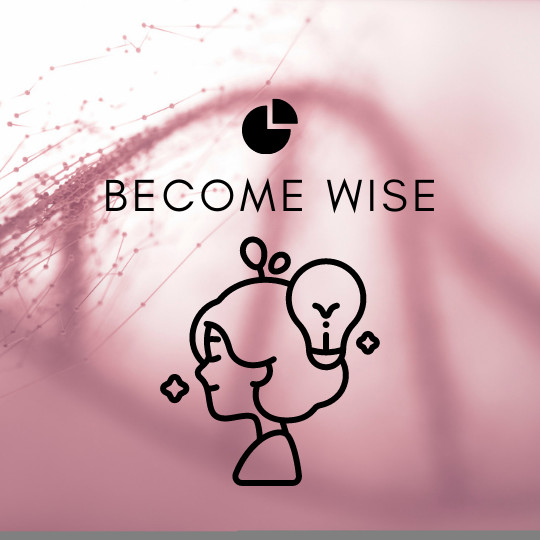
My 4 Steps to healing: Become Wise
During my self-discovery, I also discovered the power of Functional Ayurveda for profound healing. Ayurveda, meaning 'knowledge of life,' encourages us to trust in our own bodies' wisdom and experience. Like functional medicine, Ayurveda looks beyond symptoms to address imbalances within the physical, emotional, and energetic bodies, extracting dis-ease from its root.
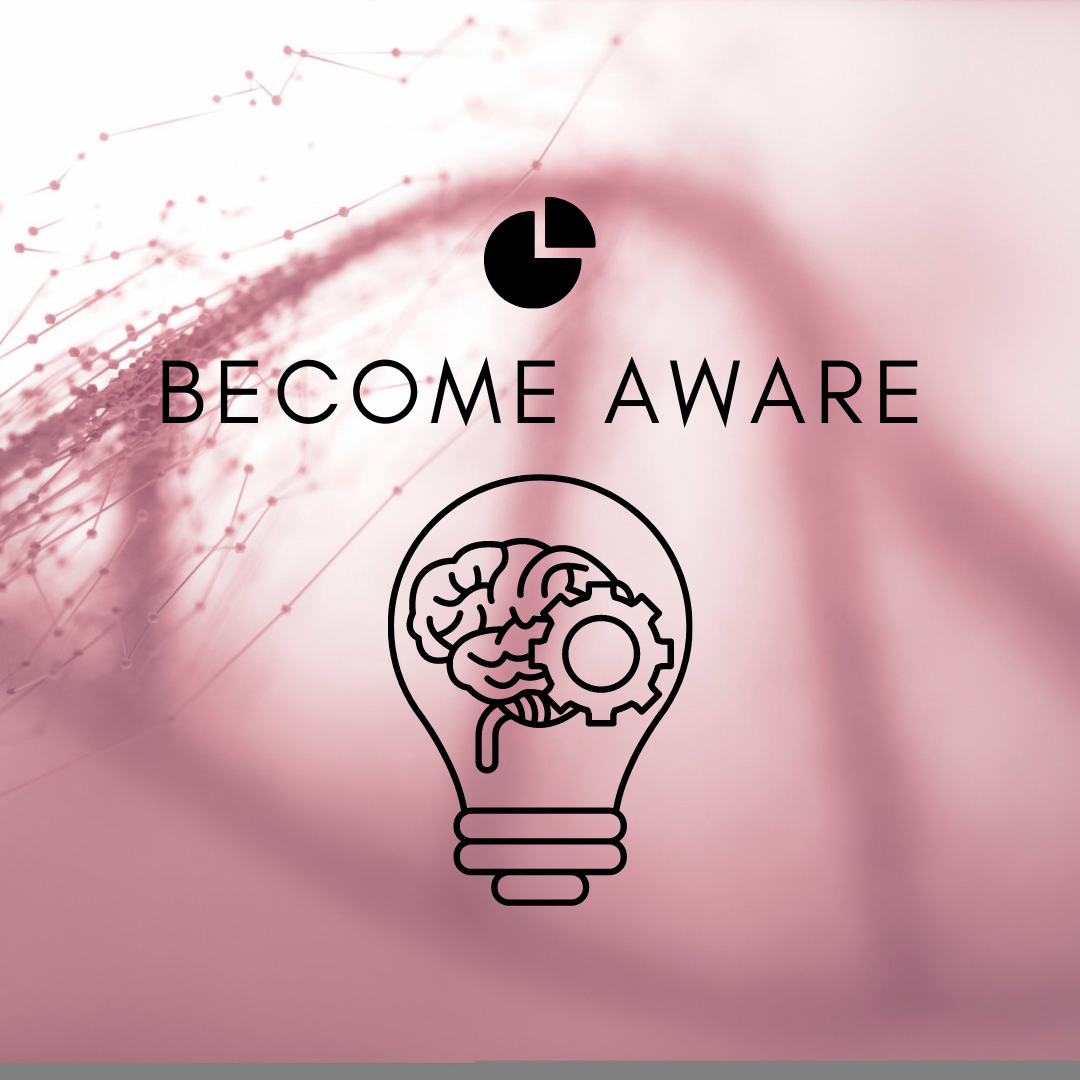
My 4 Steps to healing: Become Aware
By engaging in inspiring conversations, utilizing a variety of resources, and receiving individual support, we can see the world and ourselves as they truly exist. Through this process, we can gain an understanding of the nature of reality, which generates love and compassion.

Ayurveda Winter Wellness: Balancing Kapha & Vata for Seasonal Health
The first snow of winter carries a magic of its own—the crisp air, the scent of earth beneath fresh powder, and the quiet stillness that signals a new beginning. Just as the seasons shift, so too do the rhythms of our bodies.
In Ayurveda, winter is primarily considered Kapha season, with its cold weather, increased moisture, and hibernation-like energy. But in places like Colorado—where winters are also dry and brittle—Vata qualities are just as present. The stillness and isolation of winter can aggravate both Kapha and Vata, making it important to follow a supportive seasonal routine.

Detaching from Illness: A Buddhist Practice for Healing
When we face illness—whether a sudden diagnosis or a lifelong condition—it can be difficult to remain positive and trust the process of healing. The mind naturally attaches to labels such as “I have diabetes” or “I am overweight.” Yet from a Buddhist perspective, these identifications can actually strengthen our suffering rather than support our healing.
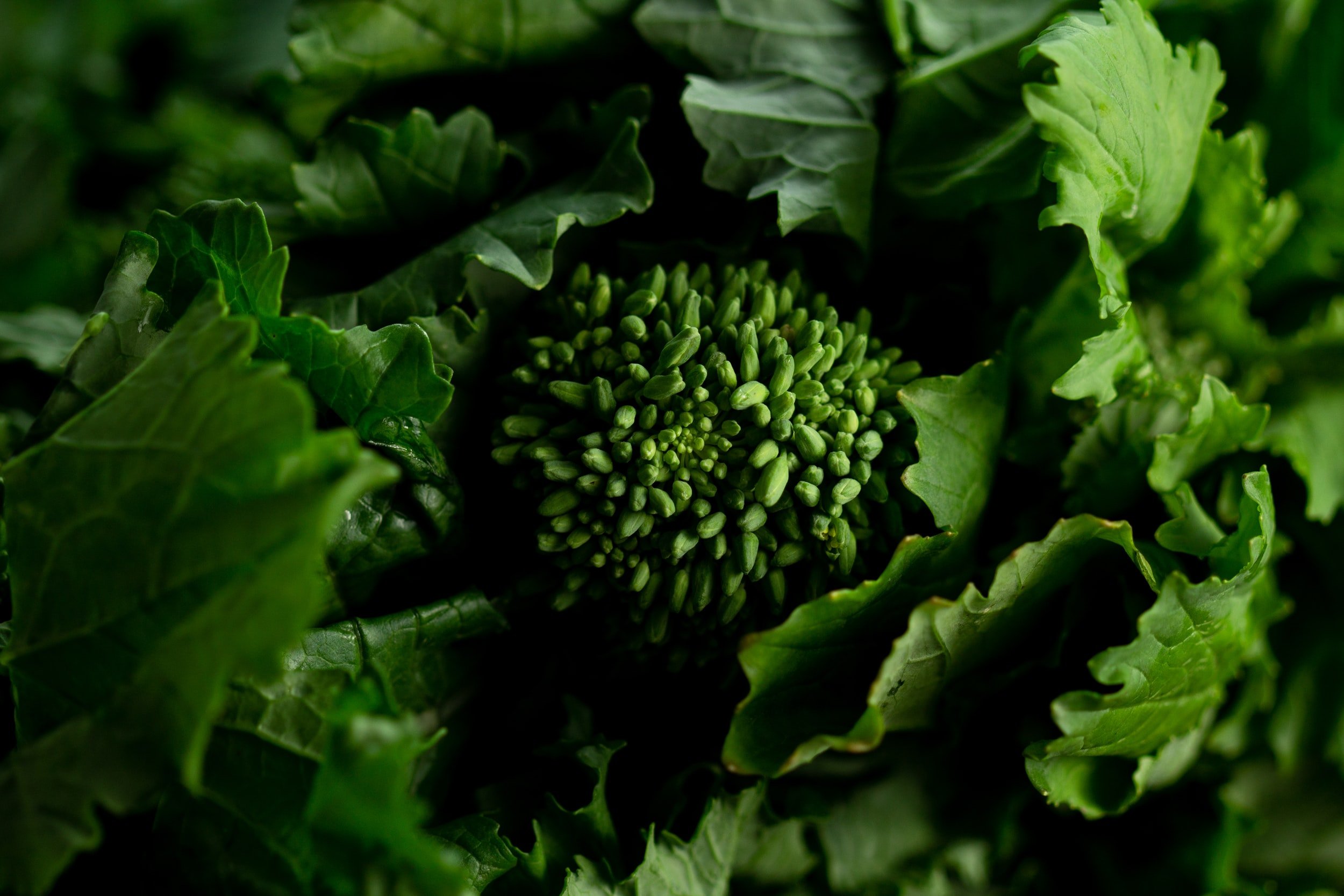
Food for Folate: Supporting the MTHFR Gene Mutation with Diet & Ayurveda
I recently discovered that I have a compound gene mutation called MTHFR, which has been the culprit behind many of my physical health challenges. After diving deep into research, I realized that nearly 40% of the population carries some form of this mutation. Understanding how to work with it—not against it—is a game-changer for your health, energy, and immune system.

Breaking Patterns: How Awareness Leads to Lasting Transformation
A few weeks ago, I jammed my toenail. It turned black and eventually fell off. But when it did, I discovered something surprising—a completely new, healthy nail was already growing underneath.
For years, ever since breaking this toe in 2003, I had accepted the strange, misshapen nail as “normal.” Suddenly, after all this time, it was gone—replaced by wholeness.
This small experience reminded me how often we accept unhealthy patterns or imperfections in ourselves, not because they serve us, but because we’ve convinced ourselves there’s nothing we can do. We tell ourselves, “This is just how it is.”
But just like that new toenail, transformation is always possible.
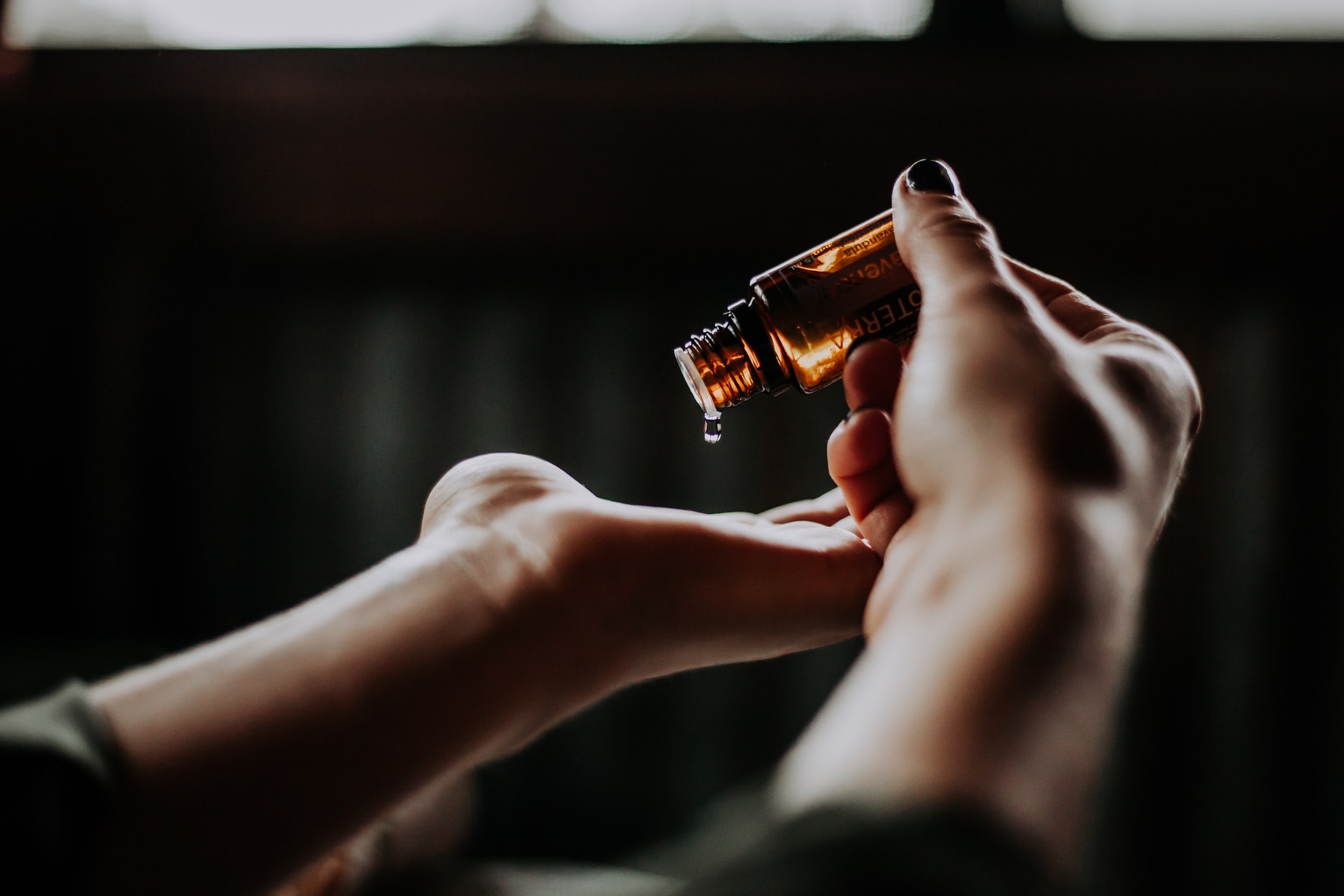
Abhyanga: The Ayurvedic Practice of Self-Massage with Oil
In Ayurveda, self-massage with oil is called Abhyanga, a practice that nourishes the body, calms the mind, and cultivates self-love. In Sanskrit, the word Sneha means both “oil” and “love.” When you anoint yourself with warm oil, you are not only moisturizing your skin — you are offering love and care to your entire being.
This simple yet profound daily ritual helps restore balance to the doshas, especially Vata and Pitta, making it ideal during seasons of stress, dryness, or heightened heat.

Tongue Scraping in Ayurveda | Simple Daily Ritual for Detox & Oral Health
In Ayurveda, tongue scraping is one of the simplest yet most powerful daily practices you can add to your self-care routine. Known as jihwa prakshalana, this ritual helps clear toxins (ama) from the tongue, refresh the breath, and support overall digestion.
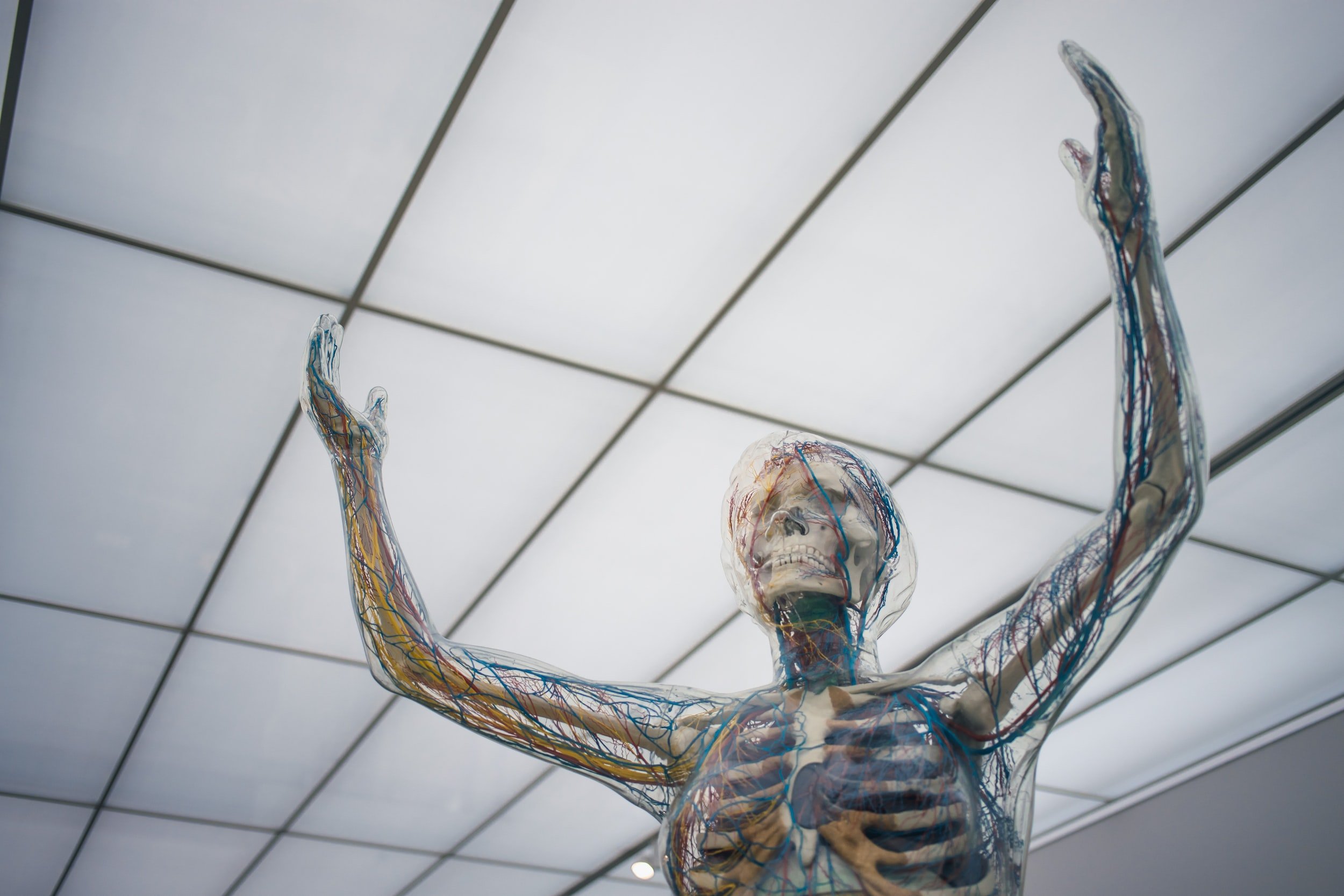
Healing the Nervous System Naturally: An Ayurvedic & Holistic Approach
Our modern world places a heavy burden on the nervous system. We live surrounded by stress, electronic devices, WiFi, EMFs, toxins, and constant change. By the time many of us reach 40, we’ve already endured profound life challenges—such as divorce, grief, or major career shifts. Add in toxic exposures and the struggle to find clean food and water, and it’s no wonder our nervous systems are often overloaded.

Building a Relationship with Your Food: Understanding Sensitivities & Nourishment
Food is not just fuel—it is energy, vibration, and medicine. Yet for many of us, food can also be a source of discomfort. From bloating and fatigue to headaches and digestive upset, food sensitivities and allergies are more common than ever.
The key to wellness is not following the latest diet trend—it’s learning to build a relationship with your food and understanding what truly serves your body.
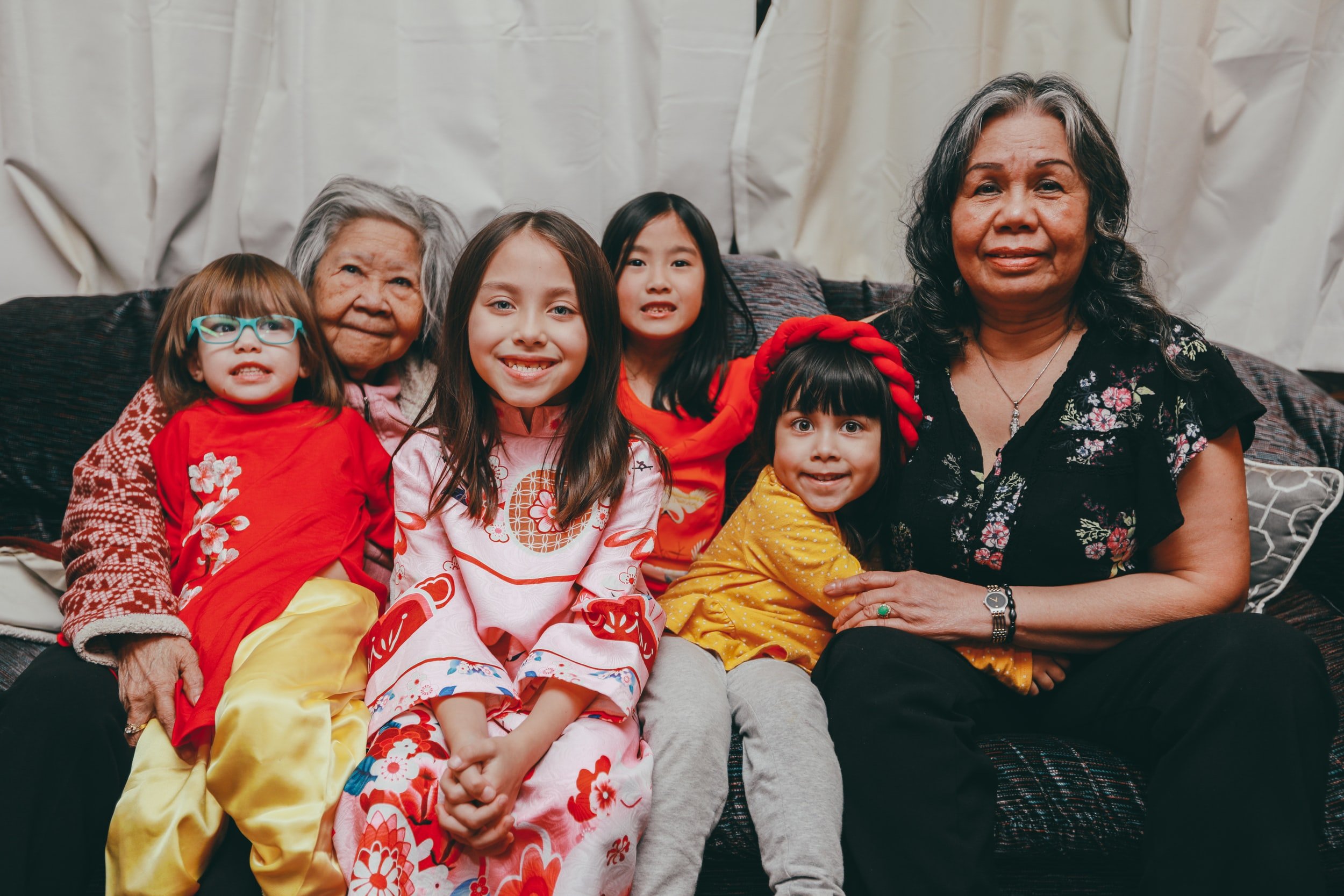
activties to heal your lineage
Whether we like it or not; we are our family. We carry their bloodline and more, so we carry the many genetic traits the line has within it. Our level of intelligence, our ability to connect with others, our creativity, our eating habits, our emotions; these are all pieces of the ancestral ‘pie’.
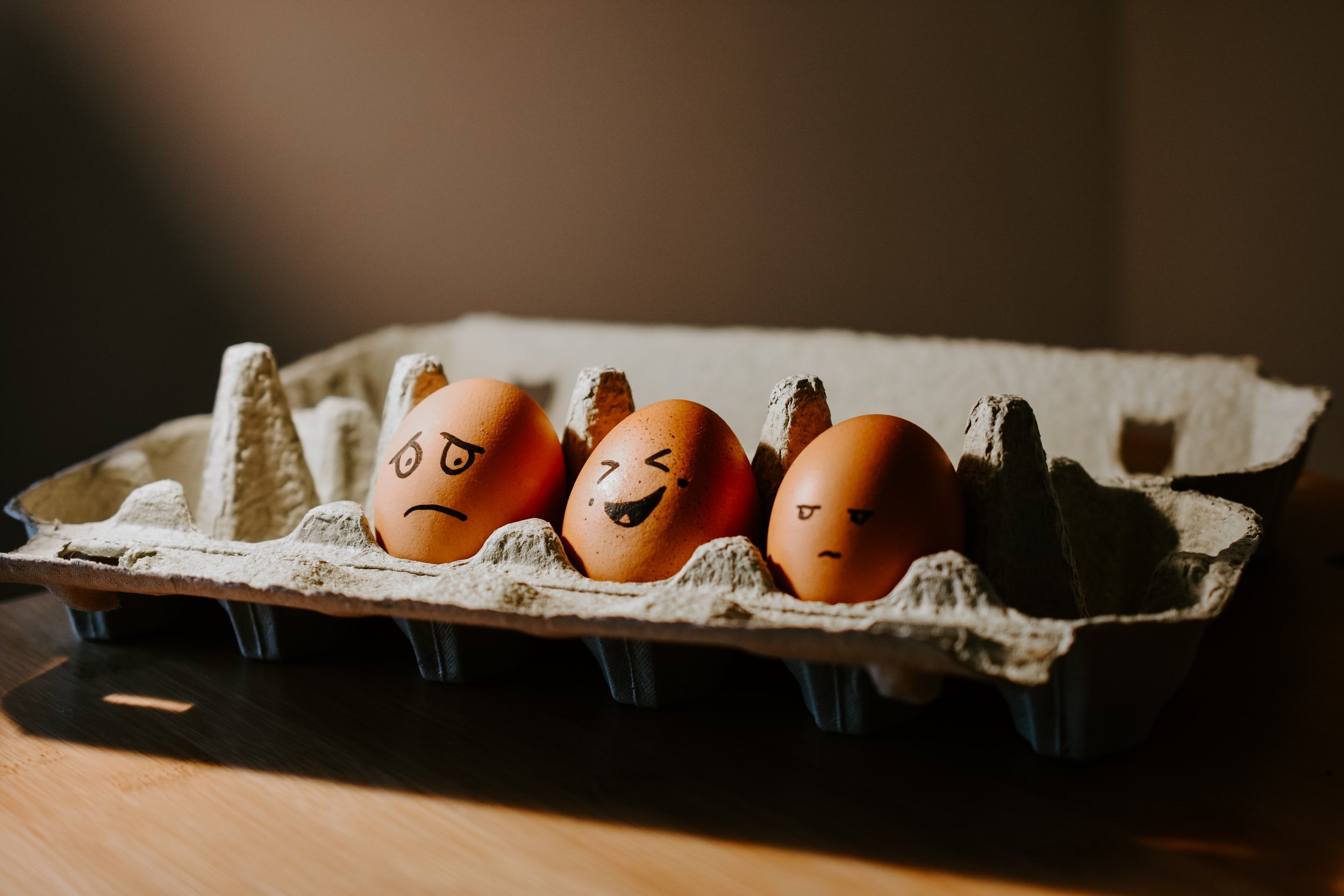
Mindfulness of the Emotional Body: A Guided Practice for Awareness & Healing
There is an intimate partnership between the weight we carry on the physical body and the weight we hold in our emotional body. The emotional body is part of the subtle energy field that surrounds us, directly connected to the chakras (energy centers), the aura, and the energy channels that run throughout our system.

Mindfulness of the Body: A Daily Practice for Awareness & Healing
In our busy world, the body often becomes the last thing we pay attention to. We push through exhaustion, run from one responsibility to the next, and overlook the signals our bodies send us. It’s no wonder so many of us feel overworked, tired, and disconnected from our physical health.
How often have you discovered a bruise or soreness and couldn’t remember where it came from? Or reached for pain medication without stopping to ask why the pain was there in the first place?
This is the cost of living in a constant state of distraction. But through mindfulness of the body, we can restore awareness, compassion, and connection with ourselves.
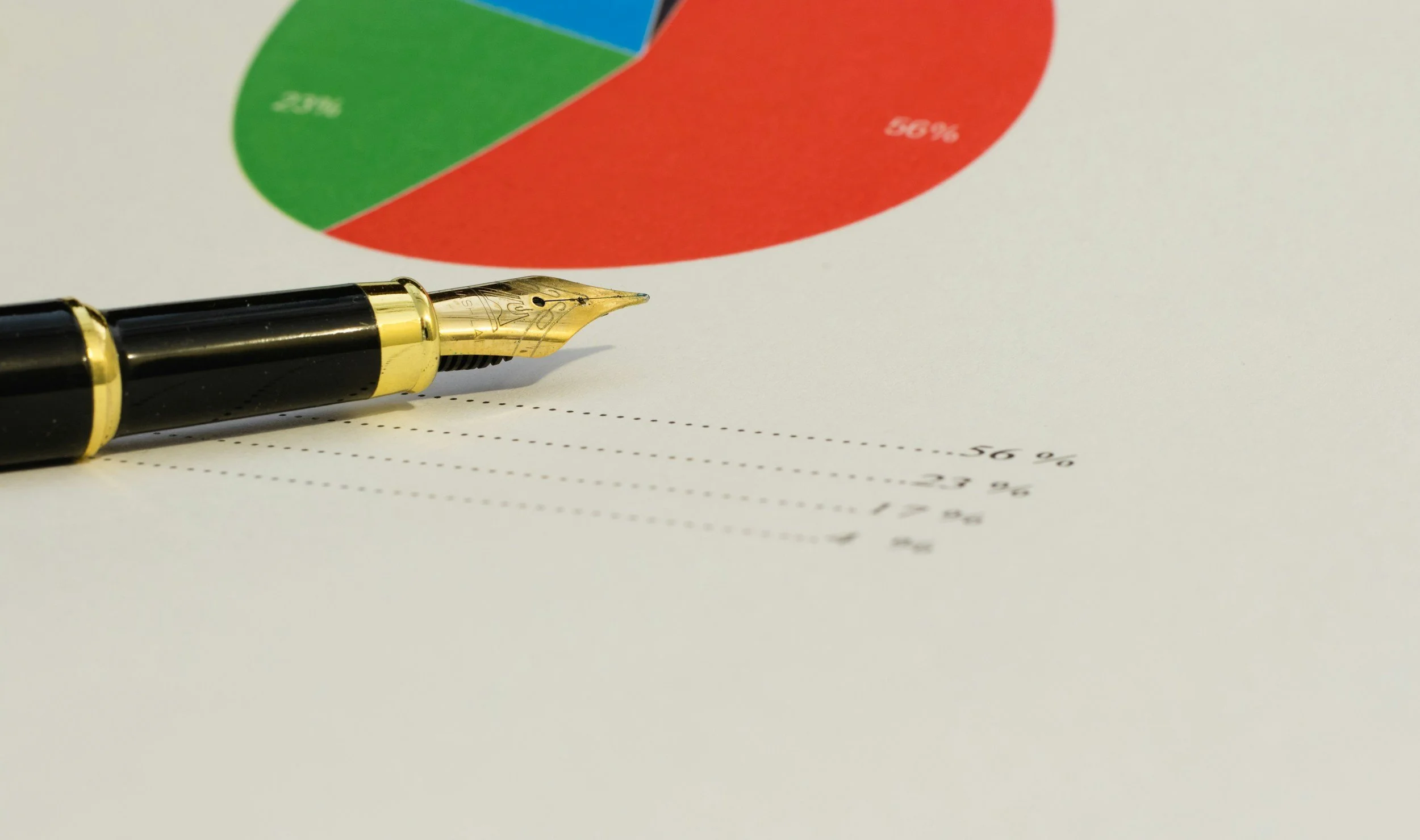
The Life Pie: Balancing Your Time Through Self-Inquiry, Six Sigma, and Coaching
Take a moment. Draw a circle on a blank sheet of paper. This circle represents 100% of your time—all the hours you spend awake and asleep. Inside this circle lives your entire life: work, relationships, family, health, spirituality, and rest.
Now pause and contemplate: What compartments exist in your life, and how much time do you devote to each?
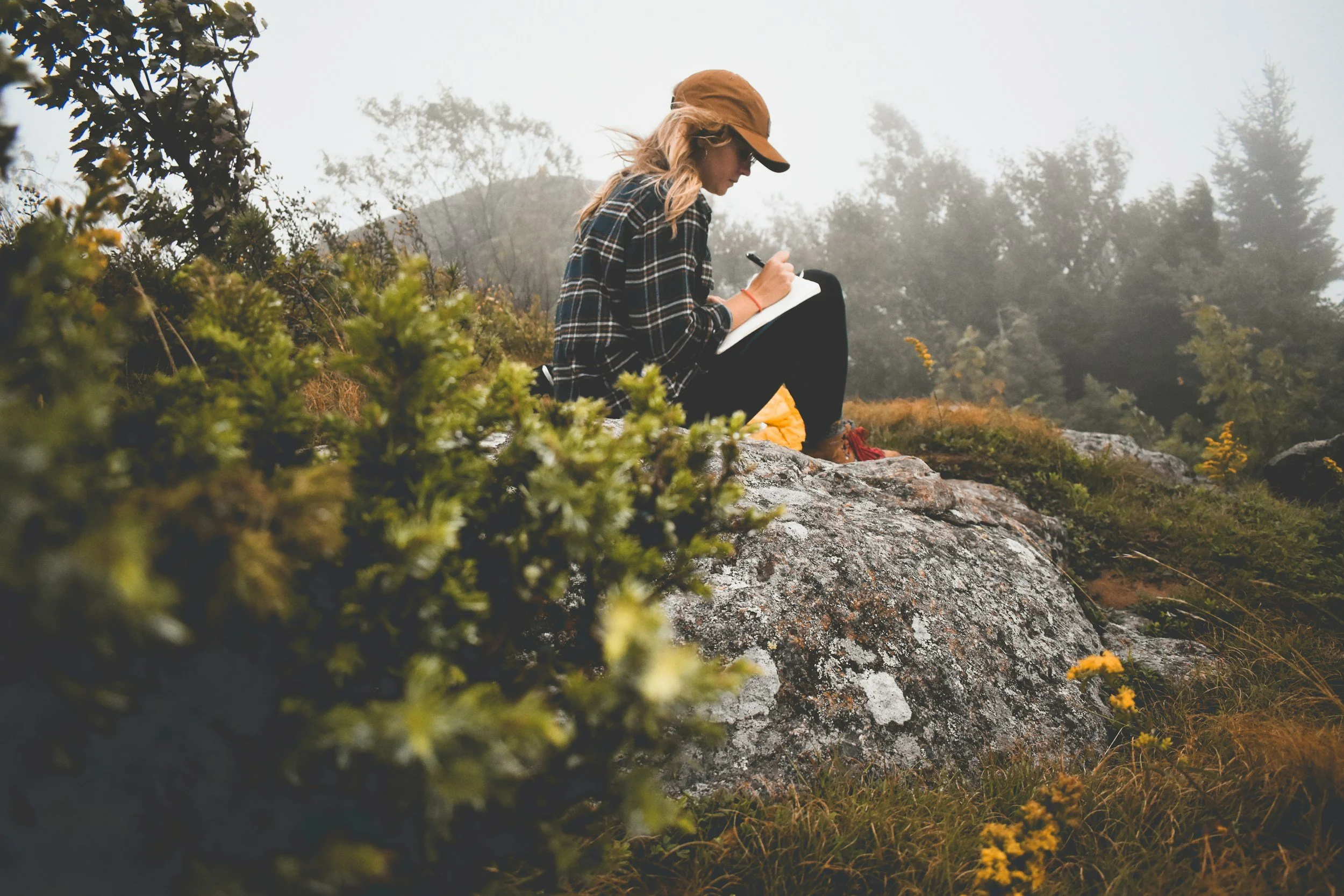
The Power of Self-Inquiry: A Path to Awareness and Transformation
Meditation and journaling often bring peace, clarity, and unexpected answers to life’s challenges. Yet there is another practice—more demanding, but deeply transformative—known as self-inquiry. While meditation soothes the mind and contemplation nurtures insight, self-inquiry asks us to turn inward with courage, confronting the uncomfortable patterns and emotions that shape our lives.
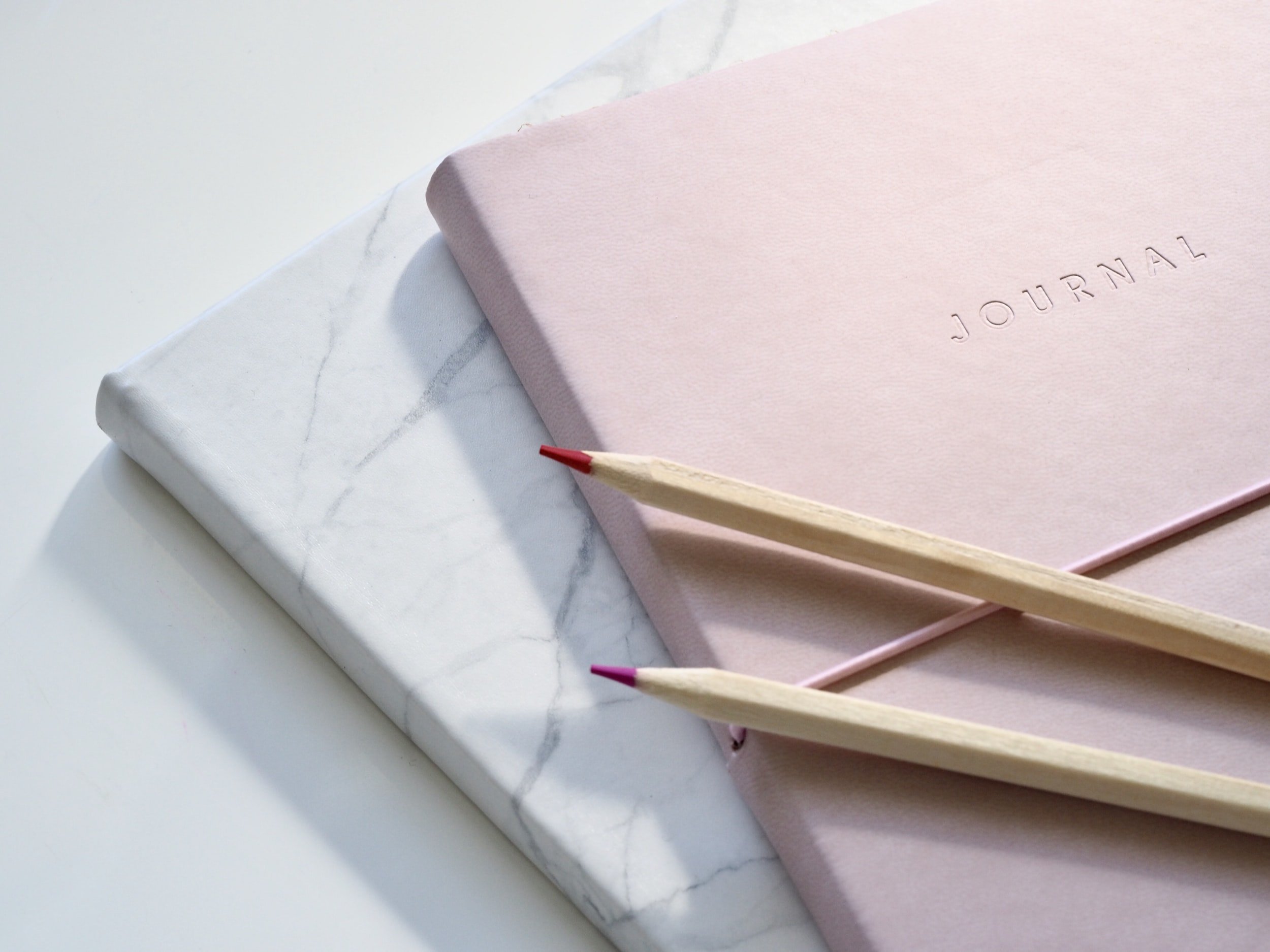
Journaling — A Path to Awareness and Emotional Healing
Do you keep a diary or write in a journal? Many of us have half-filled journals lying around the house—beautiful covers with only a few pages written before the habit fades. For some, journaling feels like a chore. With busy schedules, carving out consistent time for writing can be difficult. Yet, much like meditation, journaling is one of the most powerful tools for self-awareness, emotional release, and creative flow.
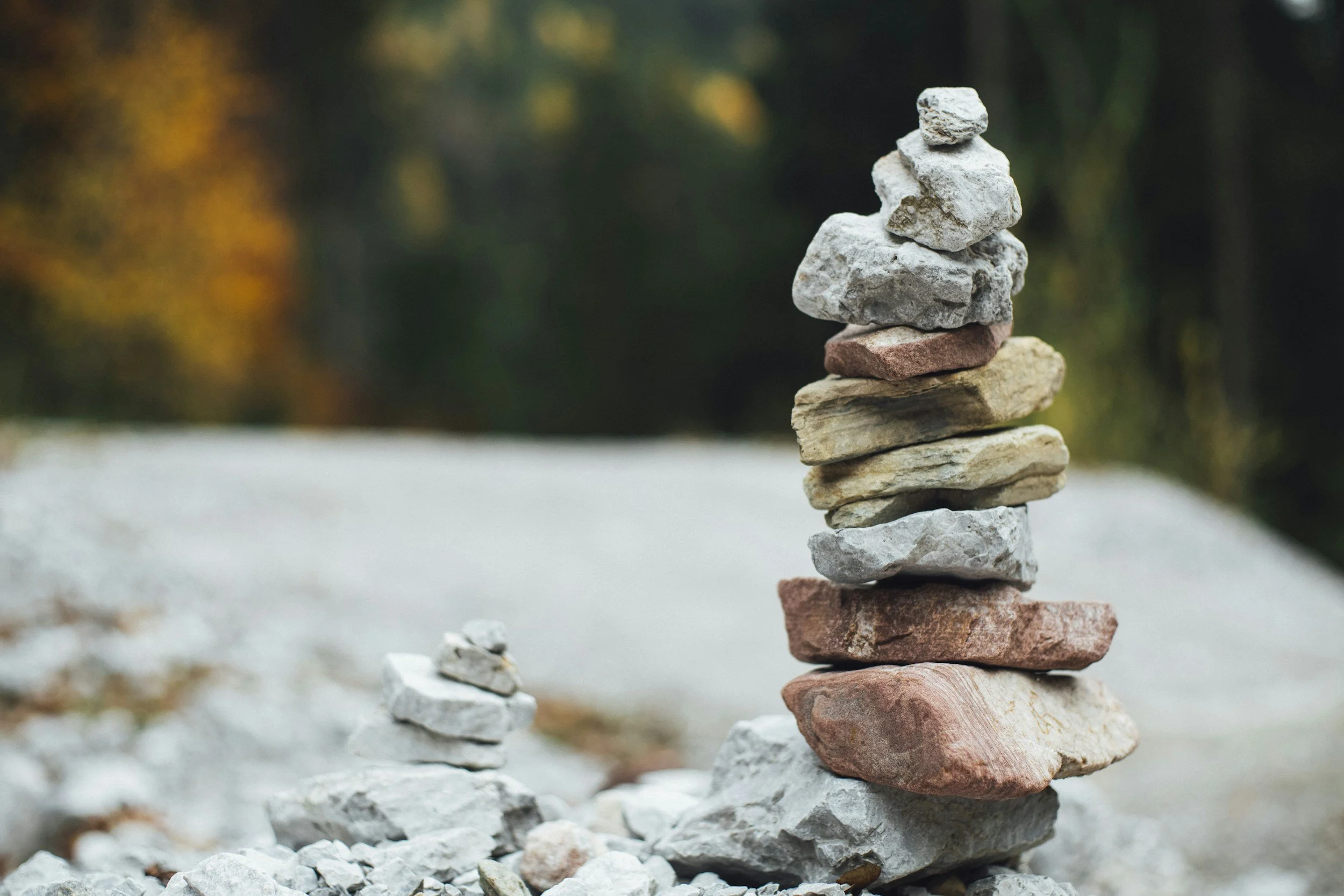
The Power of Contemplation: Slowing Down to Discover Truth
In a world where most of us are conditioned to react instantly, contemplation invites us to pause, breathe, and consider. Rather than rushing into action from fear, stress, or ego, contemplation allows us to hold space for the situation, letting wisdom ripen before we act.
Even comedy captures this truth. In a classic Monty Python sketch, philosophers line up to play soccer. Instead of kicking the ball, they all stand still, stroking their chins, deep in thought. Finally, one philosopher has an idea, kicks, and scores. Funny—but also a perfect picture of what contemplation really is.
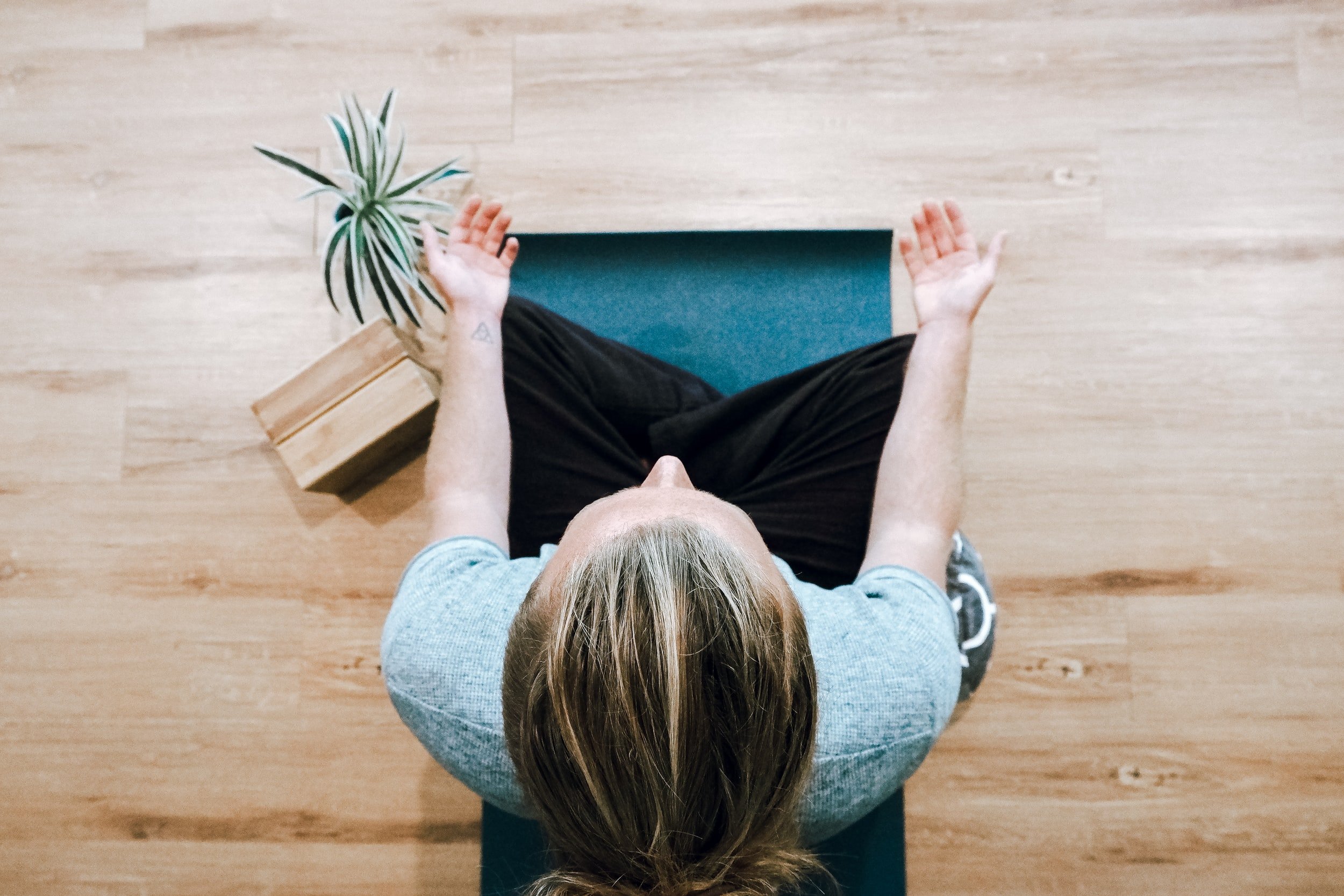
Meditation: Cultivating Presence and Mindfulness
Meditation is the ancient practice of returning to the present moment through breath and focused awareness. It is where we connect with our Truth—what the Yoga Sutras call Satya, or truth with a capital T.
Satya encourages us to live in alignment with what is, not simply our judgments or perceptions. Through meditation, we cultivate mindfulness: the state of calm observation where we accept our thoughts, emotions, and sensations without clinging to them. This awareness leads to clarity, healing, and higher consciousness.
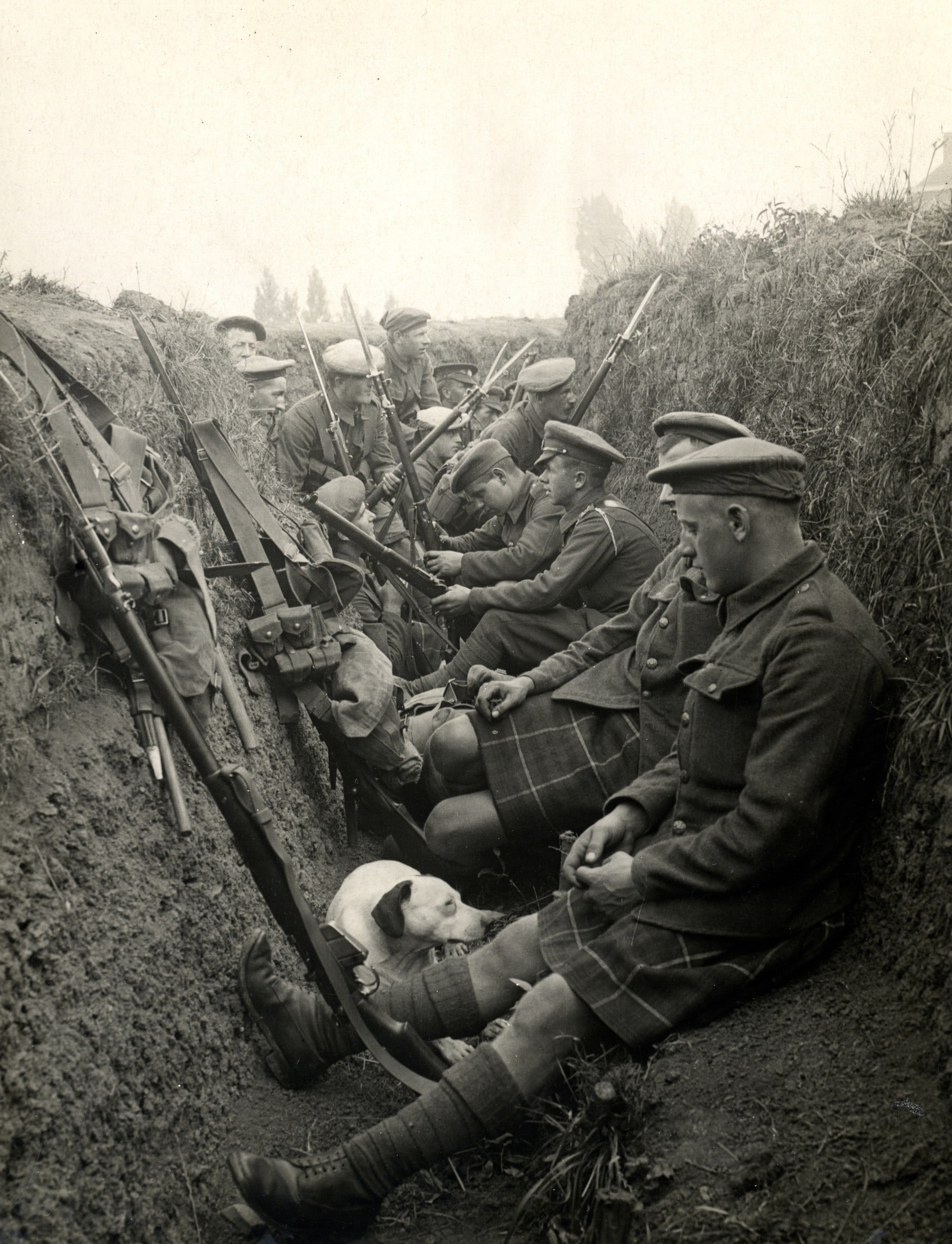
Liberate Your Lineage: Healing Your Ancestral Karma in Partnership with Epigenetics
Ancestral karma is the idea that actions taken by our ancestors affect us today. A more extreme example would be your Great Great Uncle shot a man and now that karma has been passed down. More likely you might have multiple generations of men or women who struggled with abusive relationships and you, too, are repeating the same pattern.
